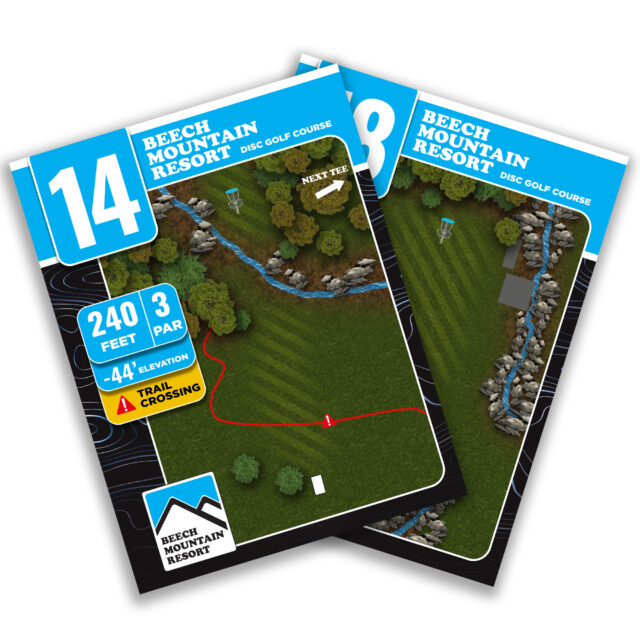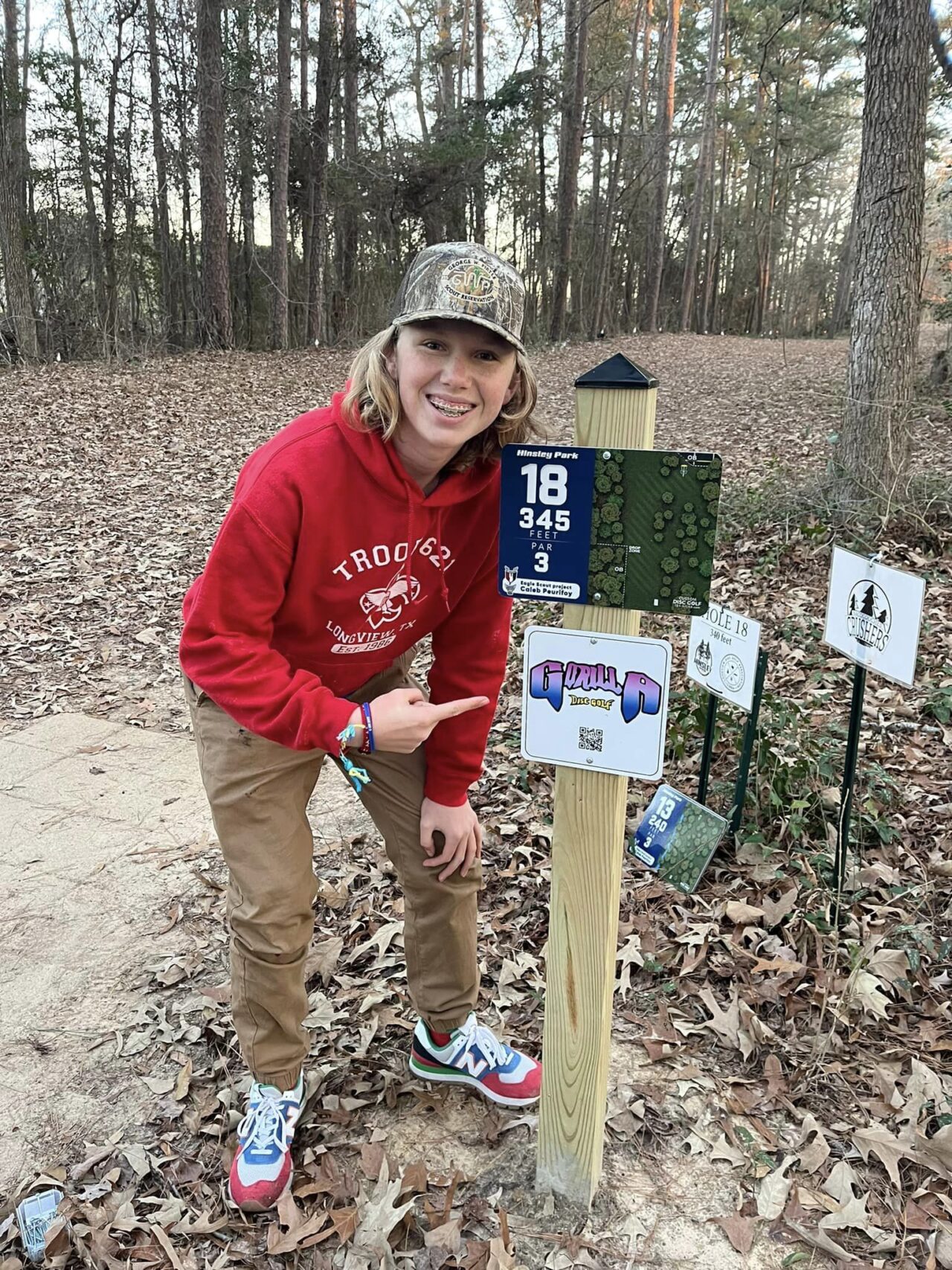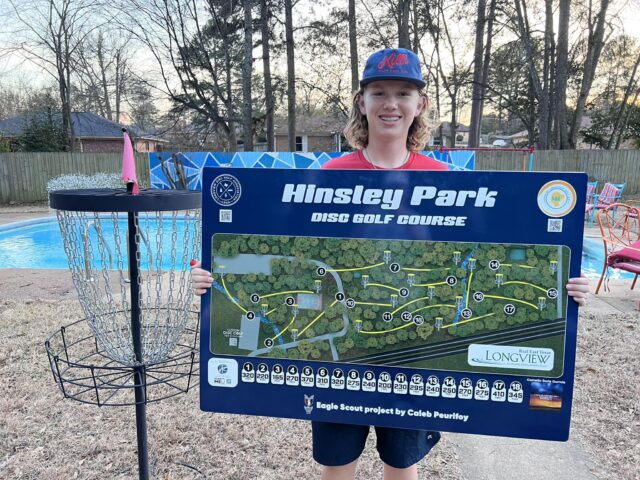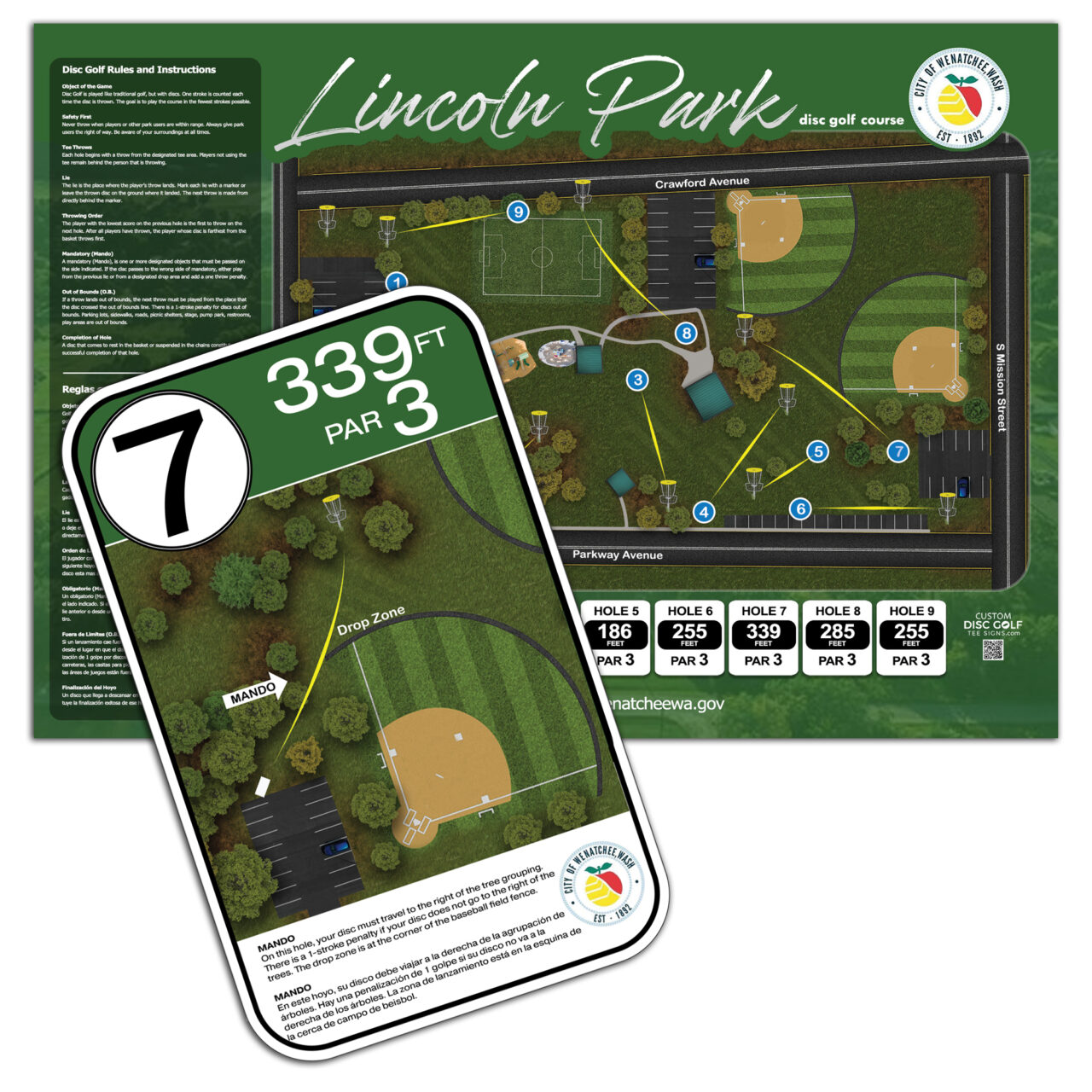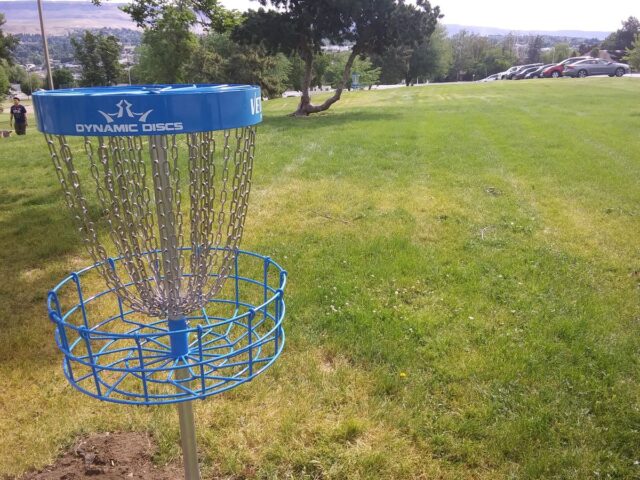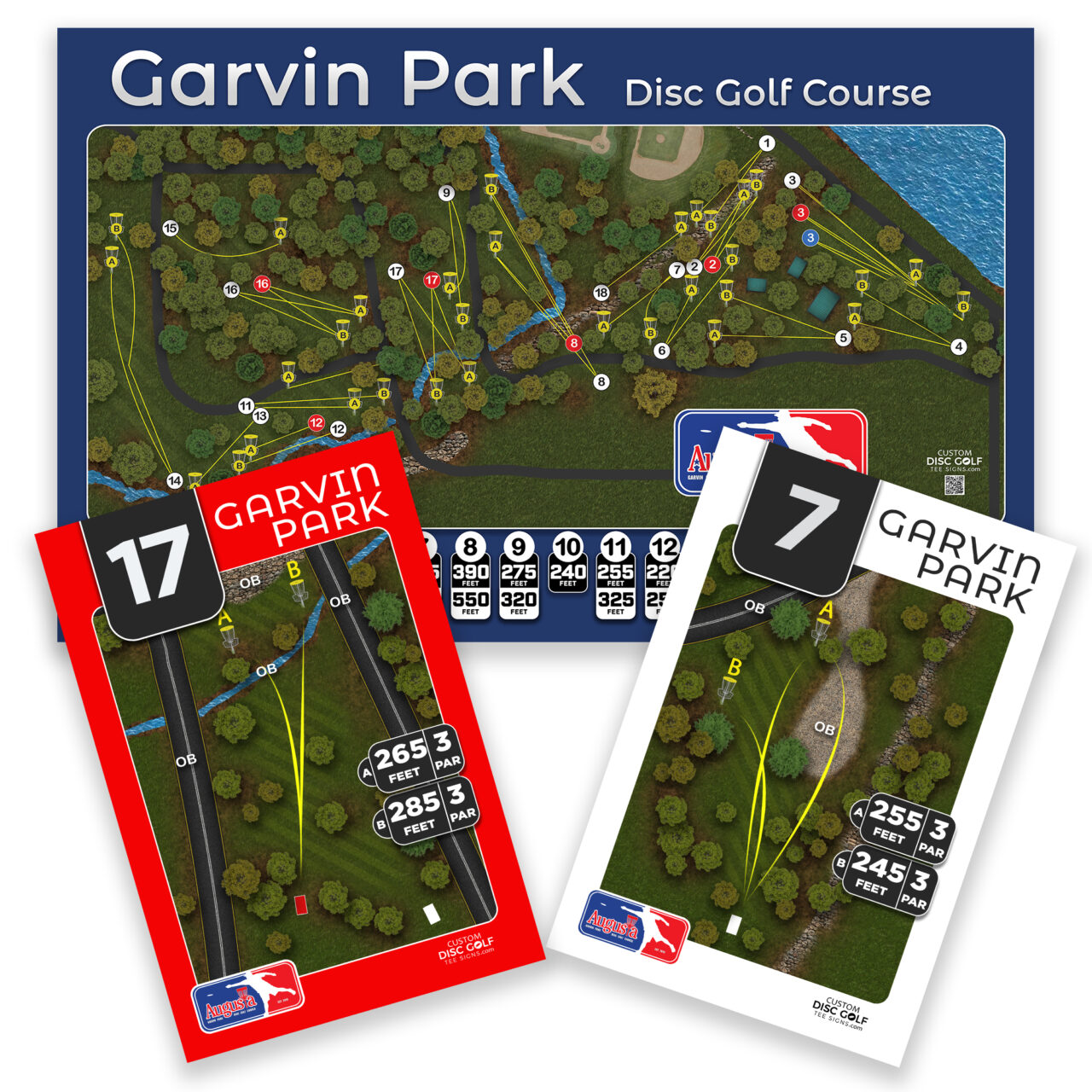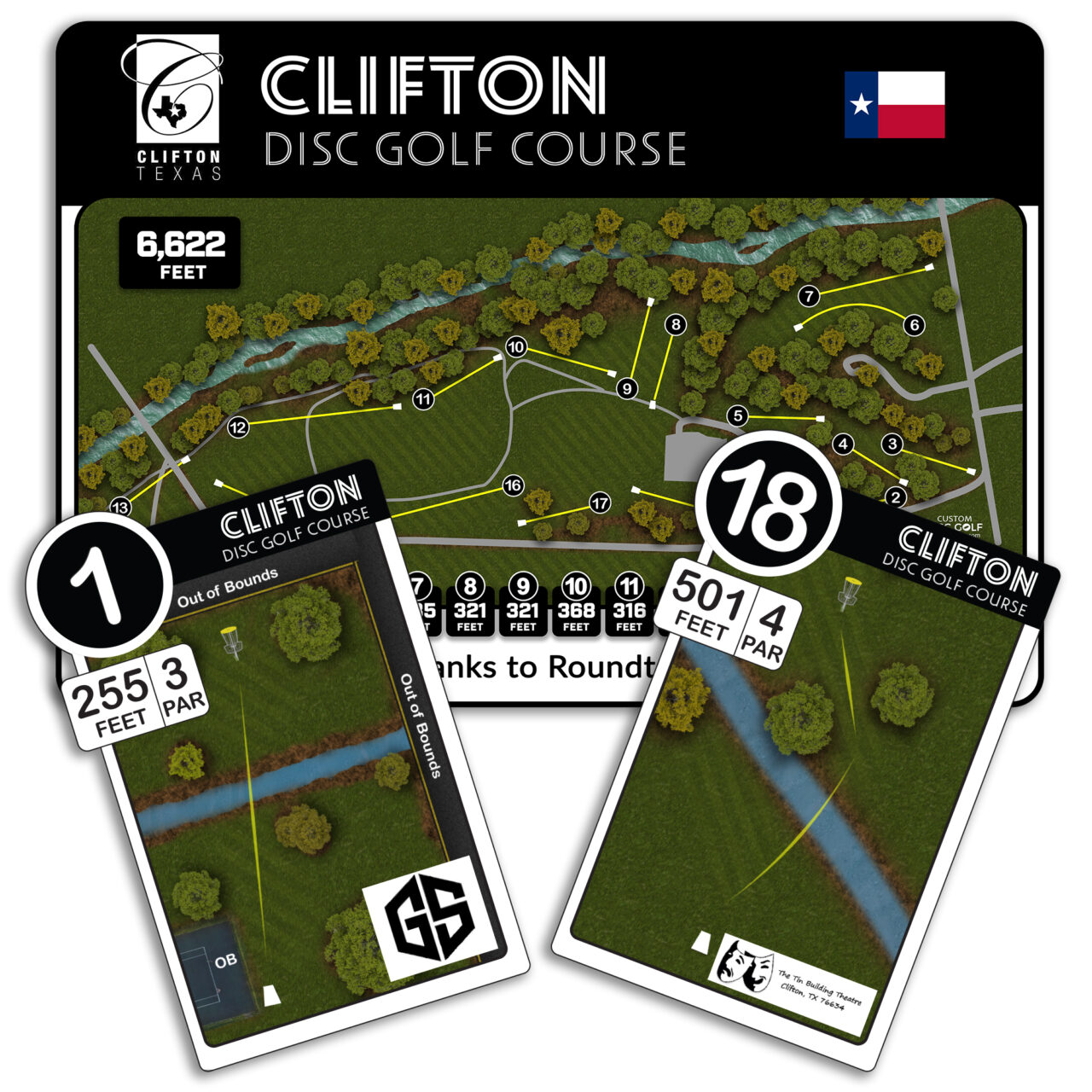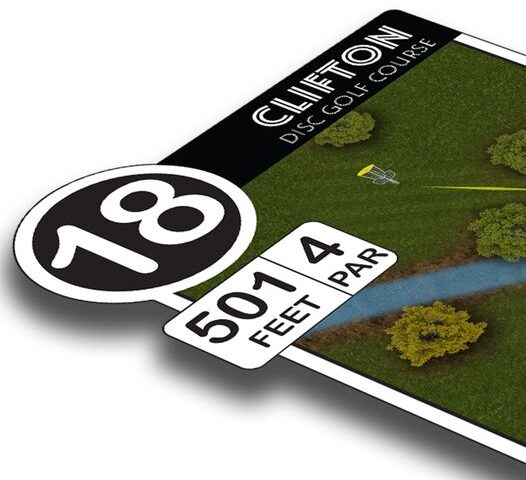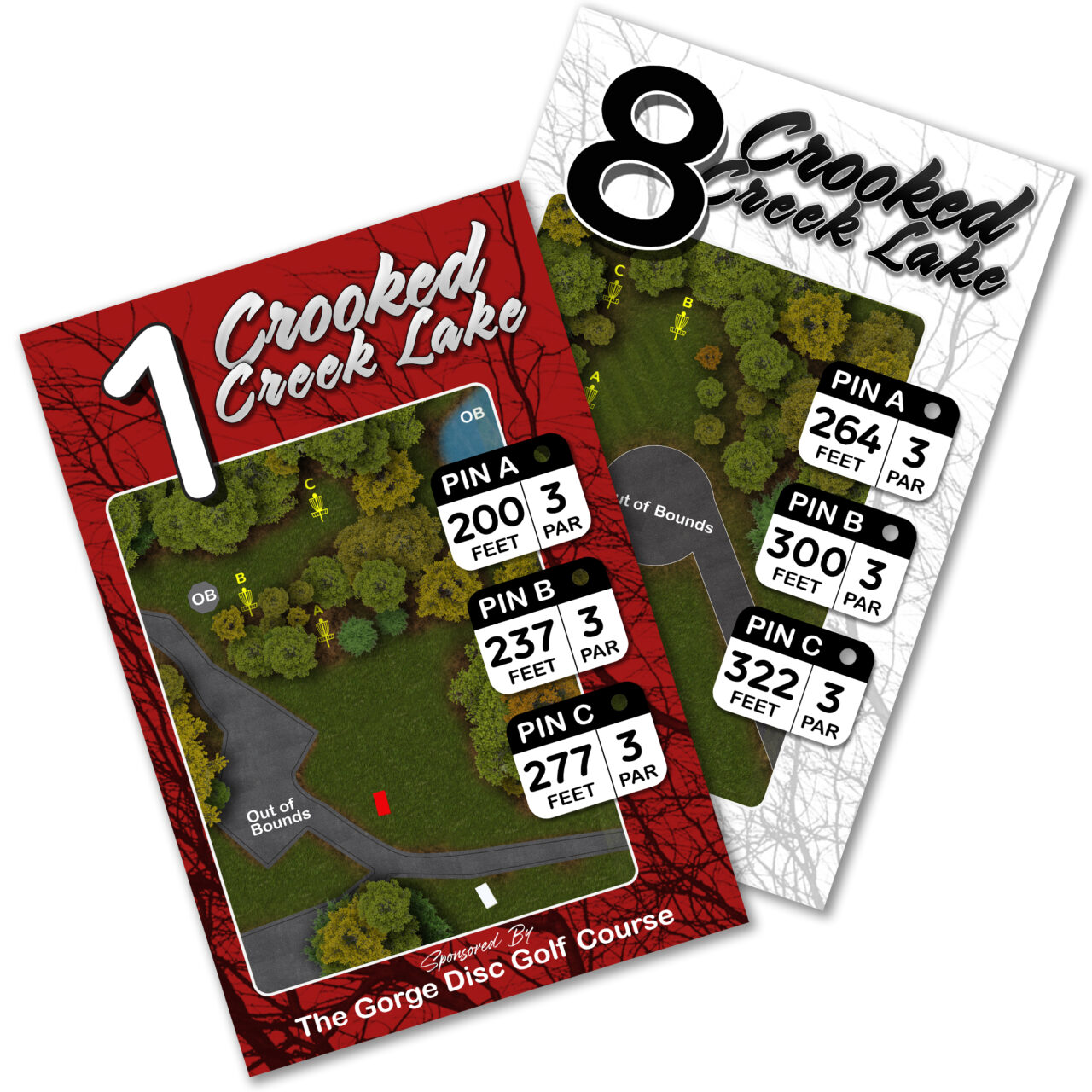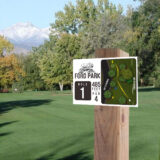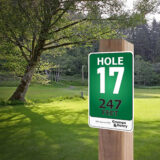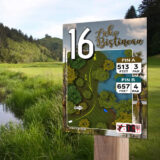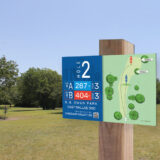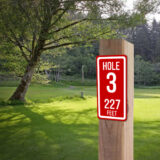As disc golfers, we invest time and effort into perfecting our throws, honing our techniques, and mastering the courses. However, there’s one often underestimated element that can significantly impact our game: hydration. In this blog post, we’ll delve into why staying well-hydrated is a game-changer in disc golf, exploring the science behind hydration, how to prepare effectively, and the consequences of dehydration on your performance.
The Science of Hydration:
Hydration is more than just sipping water during a round; it’s about maintaining a fluid balance in your body that supports optimal performance. Water is involved in nearly every bodily function, including regulating body temperature, transporting nutrients, and providing joint lubrication.
But how long does it take for the body to hydrate? It’s not an instantaneous process. The human body absorbs water at a rate of about 20 minutes per 8-ounce cup. This means that proper pre-game hydration is crucial

to ensure your body is adequately prepared for the demands of disc golf.
Preparing the Day Before:
To set yourself up for success on the course, hydration should start the day before your event or tournament. Here are some tips for effective pre-game hydration:
- Start Early: Begin increasing your fluid intake the day before your round. Aim for at least eight 8-ounce glasses of water throughout the day.
- Electrolyte Balance: Consider incorporating beverages that contain electrolytes, especially if you anticipate playing in hot and humid conditions. Electrolytes help maintain the body’s fluid balance and are lost through sweat.
- Limit Dehydrating Substances: Reduce your intake of diuretics such as caffeine and alcohol, as these can contribute to dehydration.
Symptoms of Dehydration:
Dehydration can sneak up on you, and its effects can harm your game. Recognizing the symptoms is key to addressing the issue promptly. Common signs of dehydration include:
- Thirst
- Fatigue
- Dizziness
- Decreased Concentration
- Cramping
Impact on Performance:
Dehydration directly affects your physical and mental performance on the disc golf course. Here’s how:
- Loss of Endurance: Dehydration can lead to early fatigue, diminishing your endurance over the course of a round.
- Decreased Focus: The brain is highly sensitive to dehydration. Even mild dehydration can impair cognitive function, affecting your decision-making and shot accuracy.
- Increased Injury Risk: Dehydrated muscles are more prone to cramping and injury. Staying hydrated contributes to better muscle function and overall flexibility.
- Slower Recovery: Proper hydration aids in post-game recovery, reducing muscle soreness and promoting faster healing.
Conclusion:
In the world of disc golf, every throw counts, and your hydration status is a critical factor in determining your success on the course. By understanding the science behind hydration, preparing in advance, recognizing the signs of dehydration, and acknowledging its impact on performance, you can give yourself the winning edge.
As you gear up for your next disc golf event, remember: that water is your secret weapon, and staying hydrated is a surefire way to elevate your game and keep you in the winner’s circle. Cheers to a well-hydrated and triumphant disc golf journey!







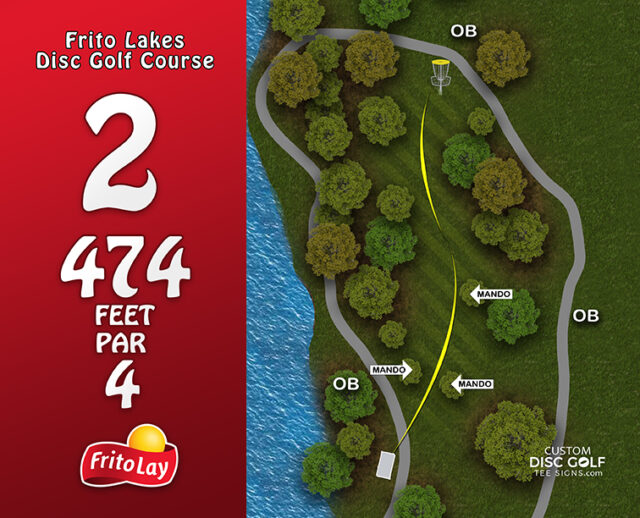

 les may be short and technical, demanding precision, while others may be long and open, requiring power and control. This variety ensures that players must adapt their strategies throughout the course.
les may be short and technical, demanding precision, while others may be long and open, requiring power and control. This variety ensures that players must adapt their strategies throughout the course.




